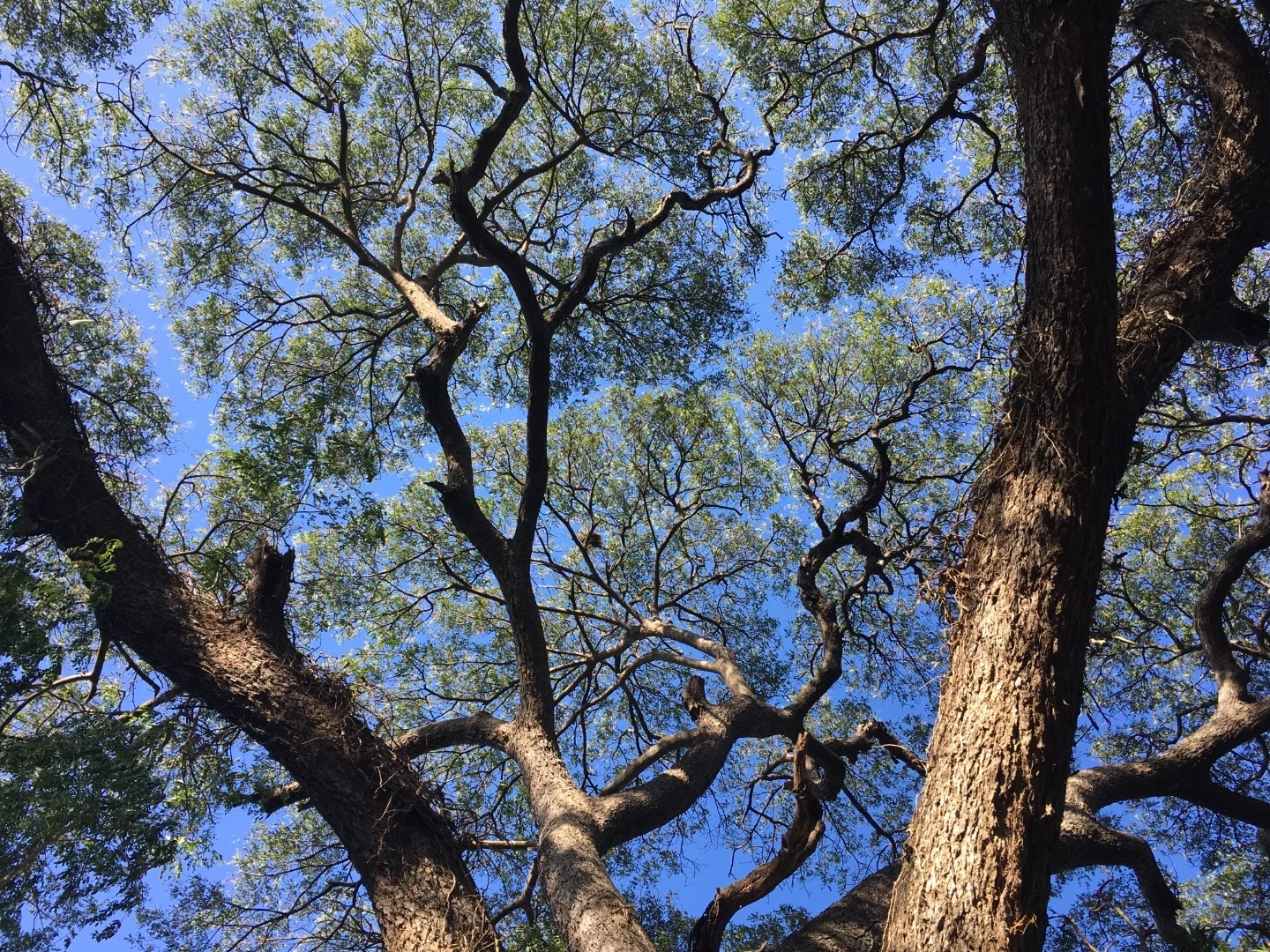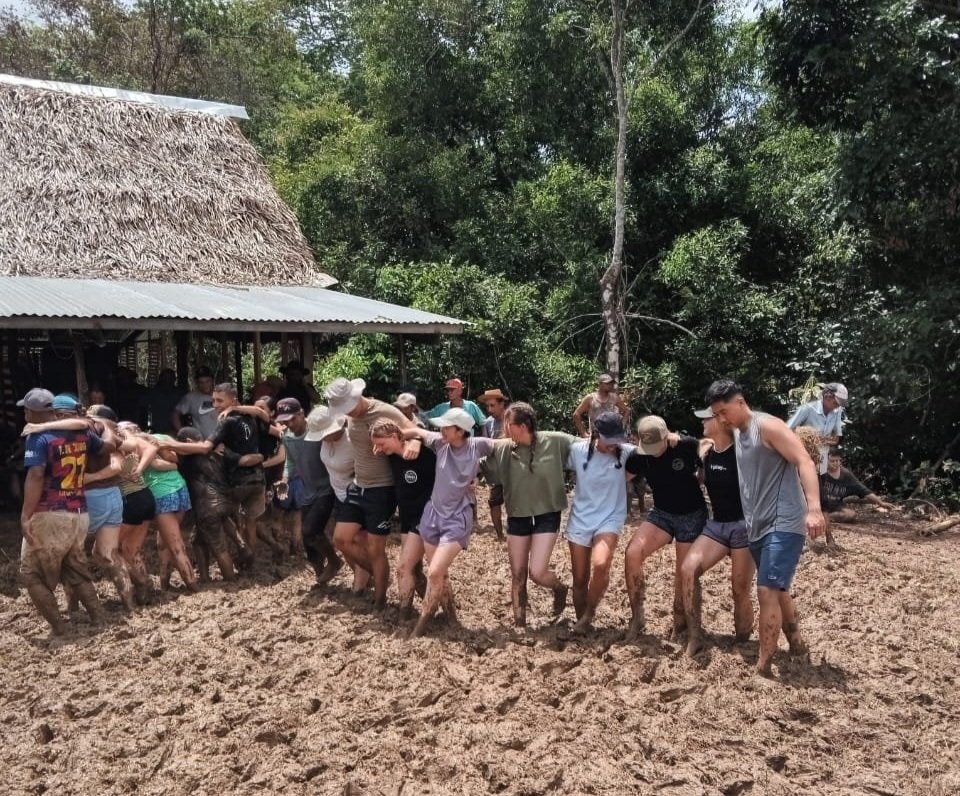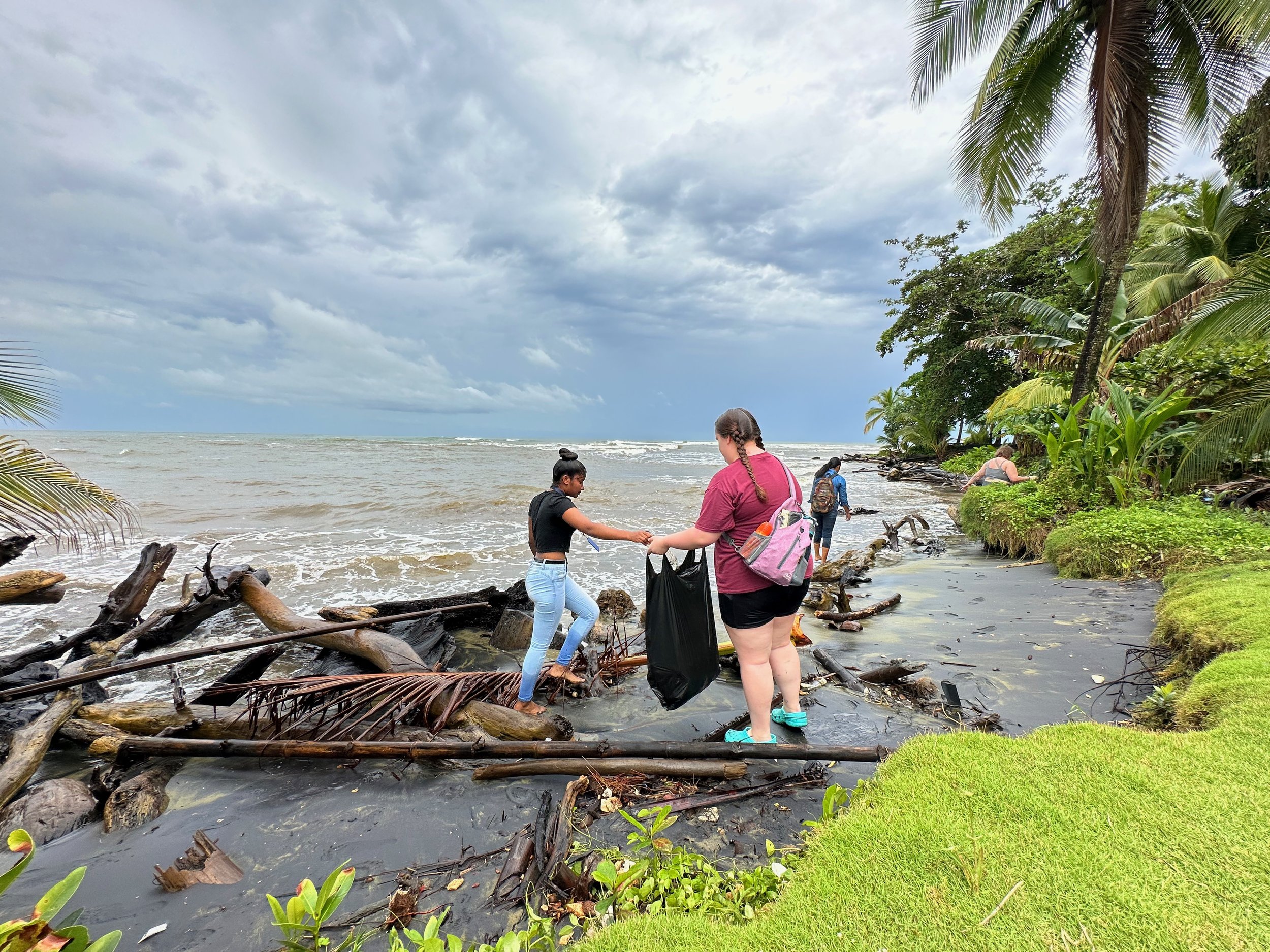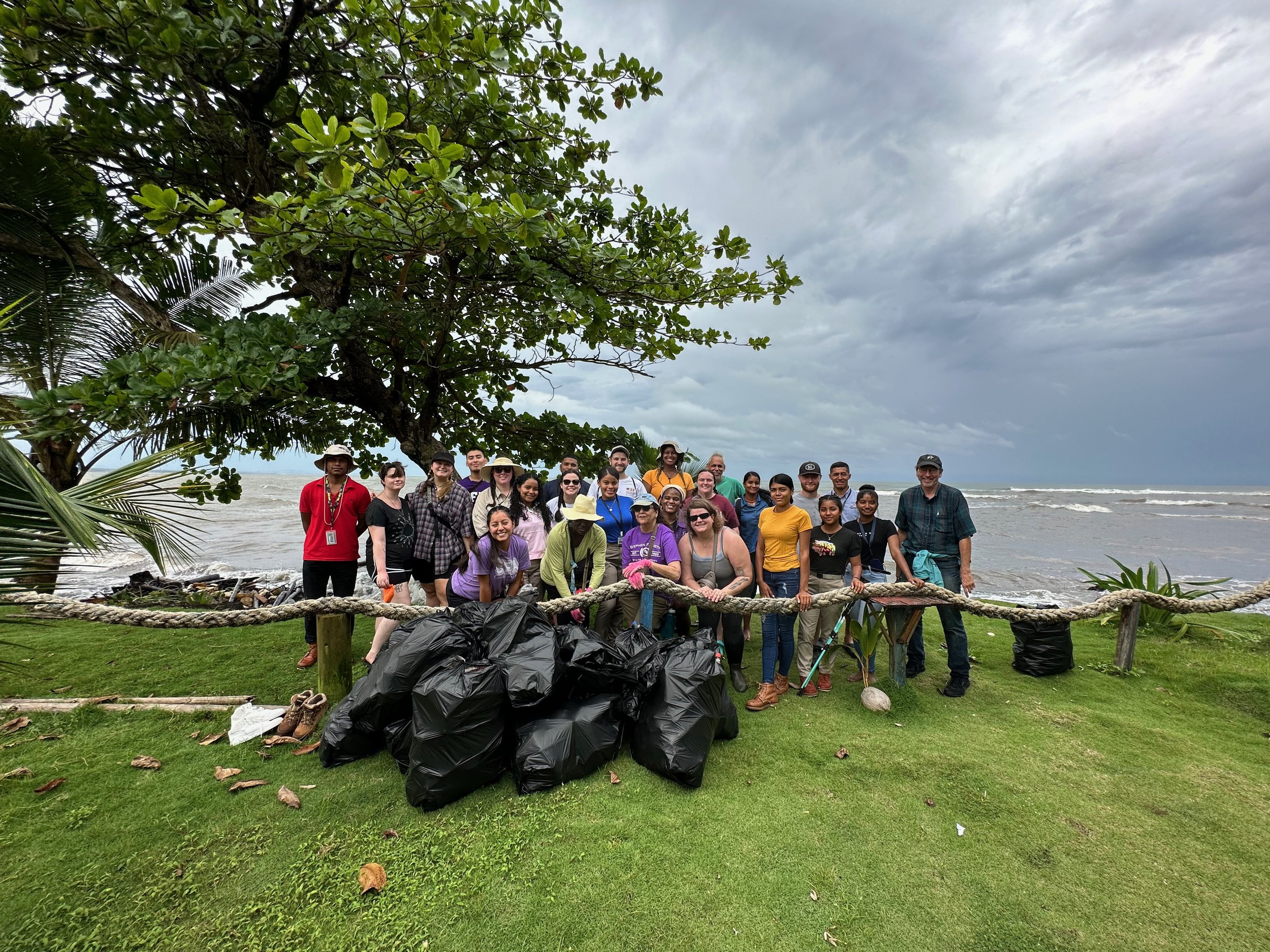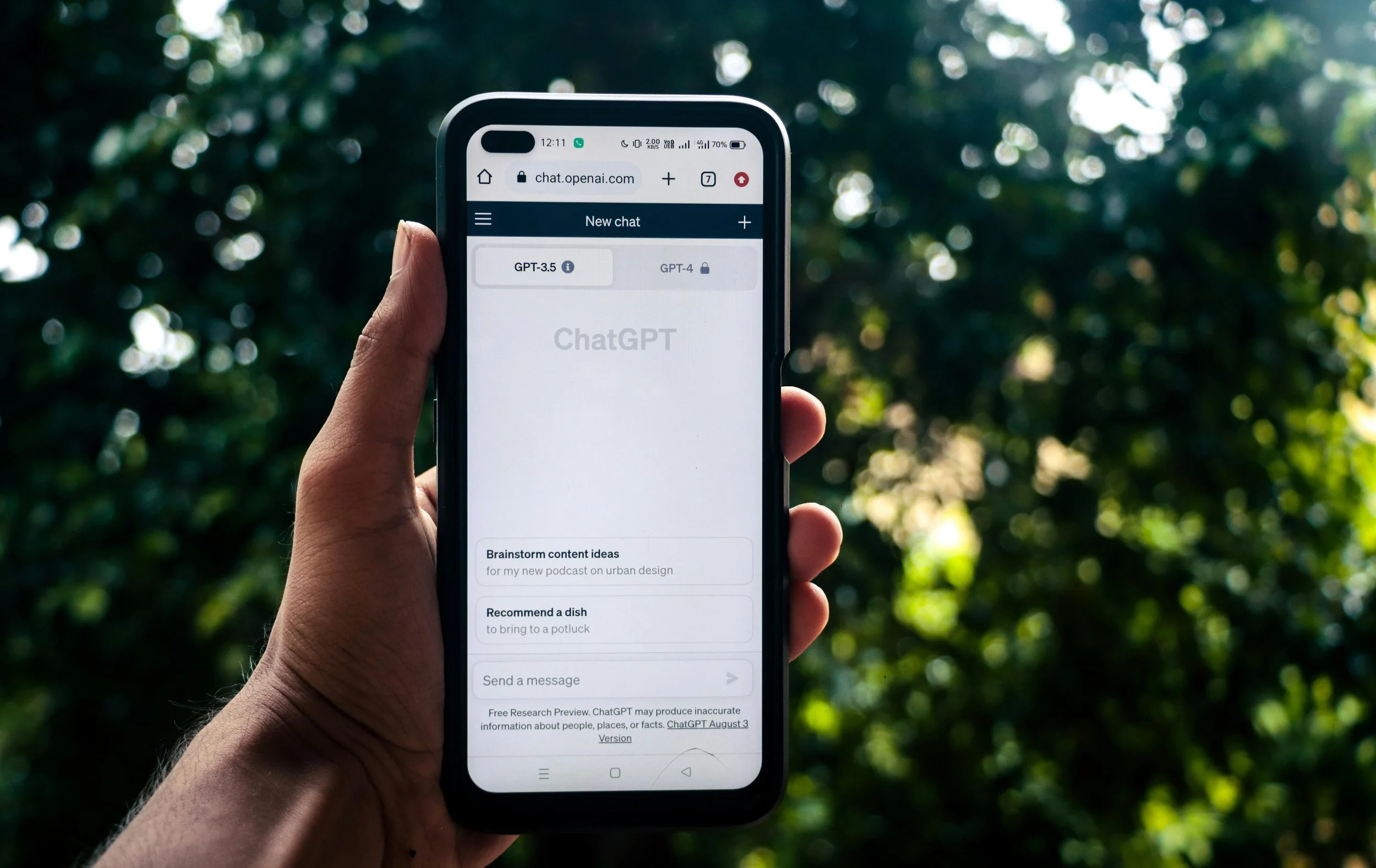Two Sides to the Service Learning Coin: The Importance of Listening to Nonprofits and Impacted Communities
/students making adobe with community members to build a house
Service-learning programs are growing in popularity, offering students a chance to make a real impact. But to succeed, we must listen to two key groups: local nonprofits and the communities where the service takes place. Their voices ensure programs are meaningful and effective. This article highlights why their input matters and how it can shape better service-learning experiences for everyone involved.
The Goals of Service Learning
Service learning has three main goals. First, it gives students hands-on experience, helping them apply what they learn in real-world settings. Second, it builds empathy, cultural understanding, and a sense of responsibility to help others. Third, it aims to create a positive impact in communities. The third is the hardest! While volunteers and organizers have good intentions, success depends on understanding and addressing the real needs of nonprofits and the people they serve.
The Other Side of the Coin: Community Needs and Perspectives
The other side of the service learning coin is listening to nonprofits and the communities they serve. These groups know their needs (and their strengths and resources) best, and their input is crucial for success. Without it, programs risk making big mistakes, like wasting resources, focusing on the wrong problems, or even doing more harm than good.
Assuming what a community needs can lead to harmful outcomes. It might reinforce stereotypes, create power imbalances, or even make communities dependent on outside help instead of empowering them. For example, a well-meaning project might have unintended consequences, such as tension among community members or unexpected ongoing maintenance costs, or simply create something that is not important or not valued.
Local knowledge is key. Local nonprofits and community members understand the challenges and solutions better than anyone. By listening to them and actually have them steer the implementation of the service project, service learning programs can be more effective, respectful, and impactful. It’s not just about helping—it’s about working together to create real, lasting change.
Students harvesting yuca on a with local farmers in Panama
How to Listen and Collaborate Effectively
Successful service learning programs depend on strong collaboration and active listening. Here’s how organizers of such experiences can make it happen at every stage:
Before the Program:
Conduct needs (and strengths) assessments: Work closely with local partners to identify real needs, not assumptions. This can be a simple conversation with multiple stakeholders of the project: local community members and people in leadership positions within the community, local nonprofits already operating in the area, local government officials, and local business owners. Look for needs that align between all of these stakeholders. Also consider their unique resources, skills, and capabilities to contribute to the service project. What do they bring to the table? They should bring something because they should stand to benefit from the project.
Build relationships: Take time to connect with nonprofits and community leaders, ensuring trust and mutual understanding. After the initial conversations, stay engaged in the weeks and months leading up to the service project. Keep up with local news. Check in with local partners about project planning and the items they committed to contribute. In person visits to the community, if possible, are always best to build trust and communication.
Set clear goals: Share your vision with all participants, local and visiting. Establish a common vision through a picture or quantitative goals, depending on the nature of the project. Design the project and set goals to be realistic and make a plan B if things don’t go according to plan. Also make a plan for ongoing project maintenance and its funding.
During the Program:
Encourage active listening: Teach students to approach the experience with humility, valuing the voices of community members. Ensure translators are onsight to overcome language barriers. Purposefully create space for discussion and questions.
Adapt based on feedback: Be flexible and willing to adjust plans as you learn more from the community or if unexpected obstacles arise. Encourage feedback from local stakeholders and project participants during the project both privately and in group discussions.
Foster mutual learning: Create an environment where both volunteers and locals can share knowledge and grow together. This is essential. Service projects are a two way street! All stakeholders should contribute and all stakeholders should benefit.
After the Program:
Seek feedback: Ask community partners for their honest input to assess the program’s impact and areas for improvement. If possible, an in-person visit several months after the project can deepen the connection with local partners and ensure ongoing project support.
Reflect and improve: Take time to evaluate what worked, what didn’t, and how to do better next time. This also requires input from all stakeholders. (You’re probably starting to see a trend.)
Maintain relationships: Stay connected with the community to show your commitment to long-term change, not just short-term fixes. Modern technology makes this extremely easy as long as project organizers make the time and effort.
By following these steps, service learning programs can become more meaningful, respectful, and impactful for everyone involved.
Overcoming Common Challenges
Service learning programs often face challenges, but with the right approach, they can be overcome.
Language or cultural barriers: Miscommunication can happen when volunteers and communities don’t share the same language or cultural background. Solution: Use translators, learn basic phrases, and take time to understand cultural norms.
Limited time or resources: Collaboration takes effort, and both sides may feel stretched. Solution: Focus on small, manageable projects and prioritize clear communication to make the most of available resources.
Balancing student goals with community needs: Sometimes, what students want to learn doesn’t match what the community needs. Solution: Work together to find projects that benefit both sides, ensuring students grow while addressing real issues. Adjust the student’s expectations to the community needs, not the other way around.
By tackling these challenges head-on, service learning programs can stay effective, respectful, and impactful for everyone involved.
american college Students on a beach cleanup with local high school students in PANAMA
Service learning programs thrive when they prioritize community input and collaboration. Here are two examples that highlight how listening to communities leads to meaningful outcomes:
Sustainable Construction in Rural Panama
On this program, students from Cal Poly SLO gained hands-on experience in sustainable construction techniques while working alongside a rural Panamanian community. They learned traditional methods, such as building with adobe, and innovative practices, like creating “eco-bricks” from plastic bottles to construct benches. The program was designed and led by the community, ensuring it aligned with their needs and work habits. Local architects and designers guided students, offering insights into sustainable building practices. Together, students and community members built adobe houses, blending education with real-world impact. This program succeeded because it was community-driven, respectful of local traditions, and focused on practical, long-term benefits.
Social Work and Sustainable Development in Panama
Students from Stephen F. Austin State University traveled to Panama to explore social work, sustainable development, and local agriculture. They first partnered with a community development nonprofit and a coffee cooperative in the Colon Province, to conduct a needs assessment through a series of interviews with local stakeholders. Students also visited an Indigenous Embera community, learning about their culture and traditions. Activities included hands-on farming lessons led by community members, ensuring the program supported local needs. Students planted coffee, collected garbage on a remote beach with local peers, and helped to beautify a community center. Afterwards, the faculty helped raise money for new water infrastructure and had graduate students conduct research to help local farmers improving coffee yields and charge higher prices. This program stood out because of its strong partnerships, cultural sensitivity, and focus on mutual learning.
Both programs show that success comes from strong relationships, flexibility, and a commitment to respecting and empowering communities.
Study abroad students and local high schoolers celebrate after a beach cleanup
Conclusion
Service learning works best when nonprofits and communities have a voice. By listening to their needs, we create programs that are meaningful, respectful, and impactful. Prioritize collaboration, stay humble, and adapt to feedback. Together, we can make a real difference.
Learn From Travel creates service-learning programs that teach students about other cultures while benefiting communities. We handle all planning, ensuring trips respect local values and meet community needs. From start to finish, we focus on meaningful experiences that enrich students and make a positive impact. Let us help you design programs that truly matter! You can request a proposal using this link.
So, how will you ensure your service-learning program truly meets the needs of the community? Let’s create change that lasts!

